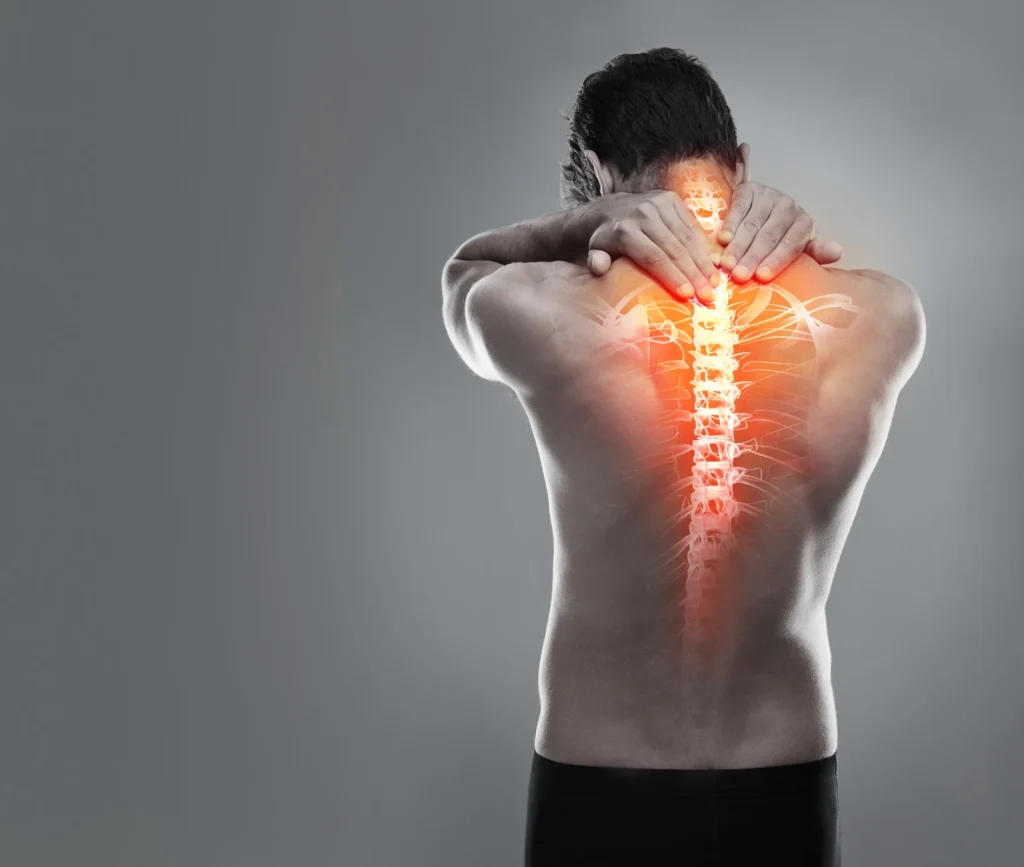
It’s no secret that a significant portion of BDSM practitioners are into pain. What’s less clear is whether kinky pain is providing some of those people with relief from chronic pain. A 2025 study explores whether BDSM helps or hurts kinksters with chronic pain conditions. Here’s what you need to know.
What was the study?
The study authors explored three main angles related to BDSM and chronic pain:
- Potential beneficial effects of BDSM on people with chronic pain
- Potential challenges chronic pain creates for BDSM participants
- How the BDSM experience differs for people with and without chronic pain
How was the research conducted?
The study authors administered a survey to nearly 1,000 people, but the study only focuses on the 525 people who answered the question, “Do you have chronic pain?” Of those who answered, 201 (38 percent) said yes. Of all 525 respondents, over 60 percent were women, almost half identified as submissive, and nearly 20 percent identified as masochists.
The survey asked questions about how old people were when they discovered BDSM, how they learned about it, who they practice BDSM with, and why they do it. Respondents who said they have chronic pain were asked a series of questions about how BDSM positively and negatively affects their chronic pain both mentally and physically.
What were the findings?
Survey results indicated that there are notable benefits for many people with chronic pain who practice BDSM, but not everyone experiences them, and there are challenges to navigate as well.
Benefits for People with Chronic Pain
Physical Benefits
- 64 percent reported experiencing an “endorphin rush” during BDSM activities (most common benefit).
- 35 percent reported experiencing pain relief “often” or “regularly.”
- 31 percent reported strengthened pain tolerance.
Psychological Benefits
- 35 percent felt empowered through consensual pain experiences.
- 35 percent reported reframing limitations by exploring creative alternatives.
- 33 percent reported better emotional engagement with their pain.
Community integration
- The majority of people with chronic pain didn’t report feeling excluded from BDSM communities.
- Most didn’t have difficulty finding partners (48 percent reported “not at all” to this challenge).
Mental Health Motivation
- People with chronic pain were 168 percent more likely to cite mental health benefits as a reason for continued BDSM participation as compared to people without chronic pain.
Challenges for People with Chronic Pain
Inconsistent Benefits
- The benefits noted above weren’t universal—many participants reported “not at all” for several of them:
- 33 percent reported no improvement in speaking about pain.
- 31 percent reported no empowerment benefit.
- 30 percent reported no improvement in pain tolerance.
Physical Challenges
- 22 percent reported feeling discomfort during BDSM activities “often” or “regularly.”
- Some reported experiencing additional pain beyond their chronic condition.
Participation Challenges
- 24 percent reported challenges getting their wants met “often” or “regularly.”
- 22 percent reported challenges getting their needs met “often” or “regularly.”
What are the study’s shortcomings?
This study has a number of limitations. First, it relied on online convenience sampling, which may not be representative of all BDSM practitioners or people with chronic pain. Further, there was no standardized definition of chronic pain—participants simply self-identified as having it, whether they had a diagnosis or not. This makes it difficult to know whether these people truly have chronic pain and, if they do, what kind it is since the study did not collect details on the type, severity, or location of chronic pain.
As a one-time survey, the study couldn’t establish causality or track changes over time. It’s unclear whether BDSM activities actually reduced pain or if other factors were involved. The study also couldn’t determine exactly how BDSM activities might address chronic pain (e.g., whether activities target the same or different areas as the chronic pain, or whether similar or different types of sensations are sought).
Finally, despite acknowledging the importance of studying historically marginalized populations, the sample lacked racial and ethnic diversity, limiting understanding of how these factors might interact with chronic pain and BDSM participation.
What’s the main takeaway?
The study suggests that BDSM participation may offer some people with chronic pain physical and psychological benefits. However, the limitations mentioned above are hard to overlook—especially the fact that there was no standard definition of chronic pain, medical verification that the survey respondents even have chronic pain, or evidence that BDSM relieved chronic pain. If some of those issues could be solved in future research, then the results might be more meaningful.
Interested in learning more about BDSM research? Check out our other Research Recaps!